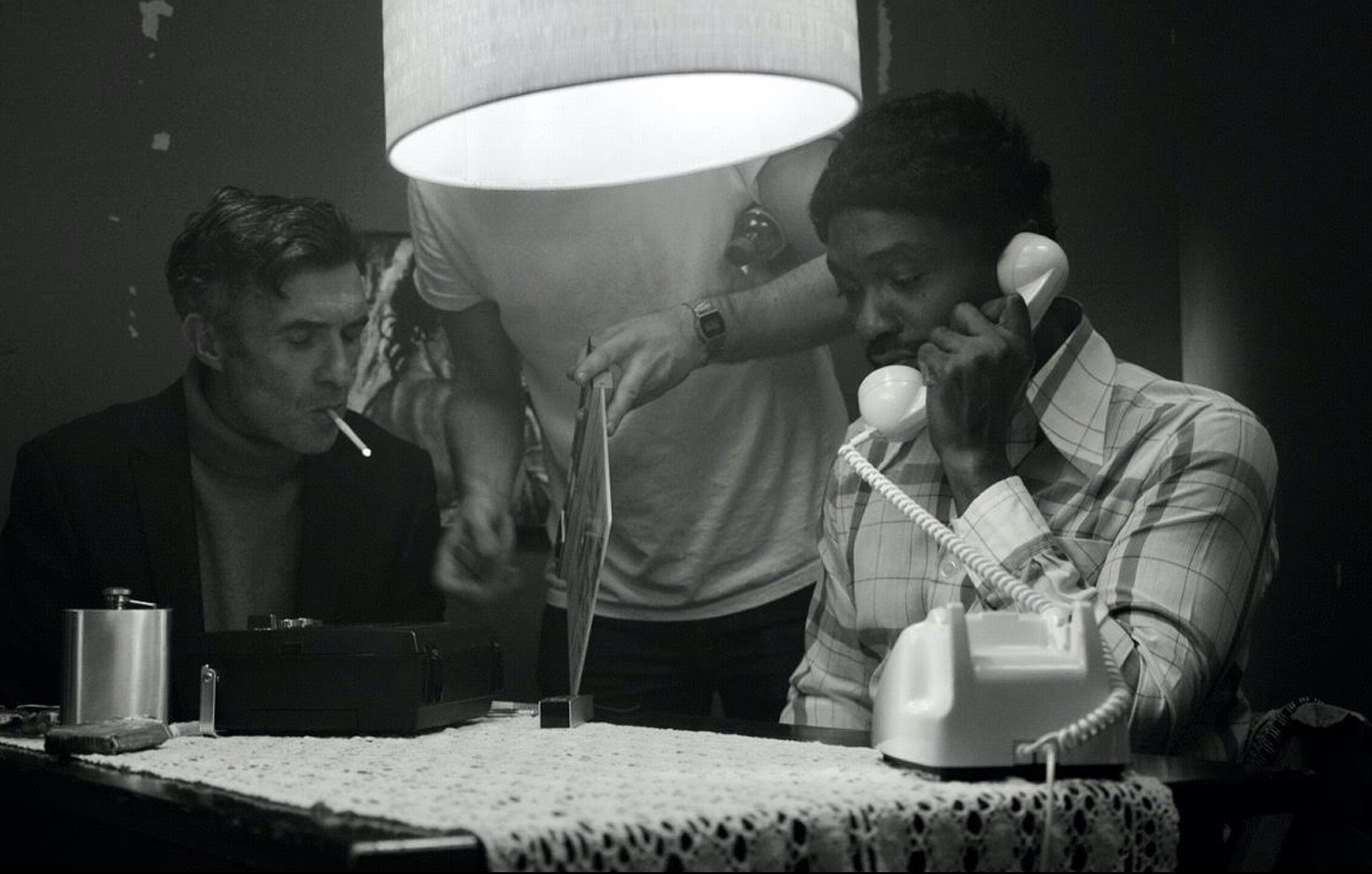 Padraig Robinson is an artist making books and films. He is a recipient of the Visual Arts Project Award.
Padraig Robinson is an artist making books and films. He is a recipient of the Visual Arts Project Award.
Do you have a favourite art work of all time?
Two Fried Eggs and a Kebab, 1992 by Sarah Lucas; Yvonnne Rainer’s film Privilege, 1990; Sturtevant’s Picabia’s Ballet Relâche, 1967; or these 2000-year-old Scythian felt swans in the Hermitage, are artworks I discuss whenever I can. Books by Jean Genet, Gwendolyn Brooks, Sylvia Plath, Edward Glissant, Victoria Wood, Renata Adler, Rachel Cusk, are currently loose on my bookshelf. Saidiya Hartman’s book Wayward Lives, Beautiful Experiments is breath-taking in its poetics and form. Similar thing with form in the disembodied voice that speaks without full stop in Solar Bones by Mike McCormack, or the speeding towards the final breath in the inner dialogue of Agapē Agape by William Gaddis. The Autobiography of Alice B. Toklas is both a trespass into the mouth of another and a peculiar transcript that I find really beautiful and disturbing. Seeing Agnes Martin’s painting Friendship 1963 at her Tate retrospective had a visceral, emotional impact on me; same thing happened when I first saw Derek Jarman’s Blue, 1993. I don’t have a favourite. I’m often drawn to artworks that teeter on thresholds like death, joy, history, the opacity of the other, always in dynamic forms that only art can muster, and cannot be pinned down.
What is your daily routine as an artist?
It depends on what stage a particular work is at and if I am collaborating with other people. Writing is very different from research, film production or book design. Generally speaking I am a night owl and will always make myself available in the studio at witching hour, especially when writing.
What would you say is the biggest challenge as an artist?
Working around part time jobs and what works in the studio, like working late at night. Societal views of what an artist is, does, or can be is challenging, as is trying not to worry about the future and things like pensions, all the while learning to be patient and keep working to find a form that works, and then being honest about what does not work.
Who has been of great influence to you in your field?
Friends and collaborators from all walks of life and their conversations.
What is the best piece of advice you would give an emerging artist?
This is a really difficult question. There are so many ways to be an artist. Some artists flourish in gallery contexts, others need more time to find other routes. I think it is always important to love what you love and live, laugh and cry with other artists, dead or alive, whether over a dinner table, in books, on a screen or a stage or a wall. Having to have jobs outside the art world is sometimes hard but it can also be life affirming — artists are citizens too and at the end of the day art making has its own temporality. There is time.
What has the Project Award support from the Arts Council meant to your practice?
The timing of it meant a lot as I was writing dialogue, recording documentary monologues, and making short film sketches for a number of years, so the Project Award supported a more ambitious film at the right time in my practice. Collaborating with crew and actors in bringing the work from script to screen was a major turning point in my practice, especially in terms of gaining hands on experience with the practicalities of writing and budgeting for production.
Tell us about your project?
Masquerades of Research: Part I is a 30-minute, continuous dialogue film set in St. Louis in 1966, in a pre-Stonewall and pre-Watergate USA. It was written in the genre of the backstage drama, or story behind the story, and was shot in black and white over three days in a one-take, documentary style. At its core, it is a moral biography of sociologist Laud Humphreys, looking at the wider societal impetus behind his pioneering and ethically controversial field research in the book Tearoom Trade 1970. After the early screenplay drafts I spent some weeks researching at the ONE Archives, Los Angeles, where the Laud Humphreys Papers are located. At this point I was writing the lead role of Humphreys for Mark O’Halloran, an actor and writer I have huge respect and admiration for.
What are you doing next?
I am really looking forward to making Masquerades of Research: Part II next, which will be a colour film set in 1975. Whereas Part I dealt with the impetus behind Humphreys research, Part II begins when Tearoom Trade is republished in a post-Stonewall and post-Watergate USA . Between the organisational and practical aspects of this production, I am focused on making work on a more intimate scale.